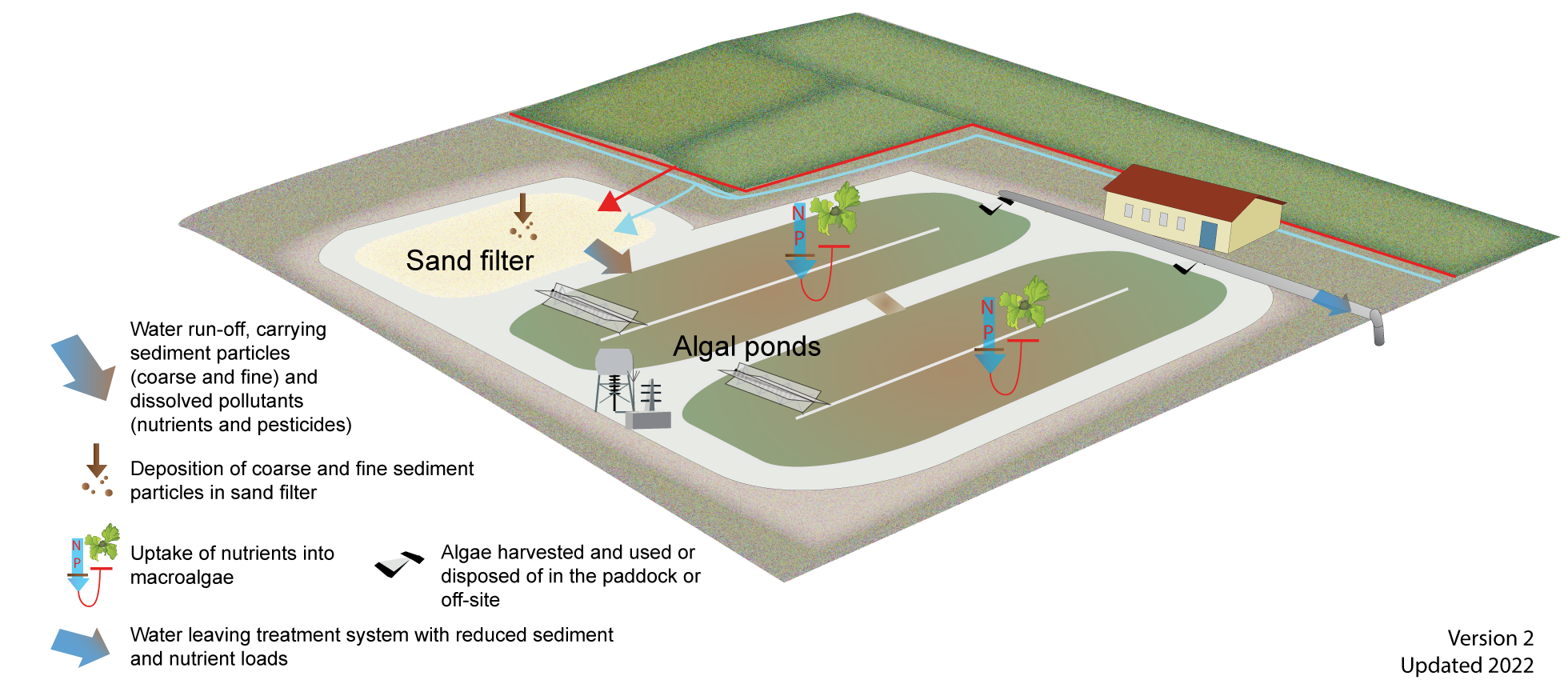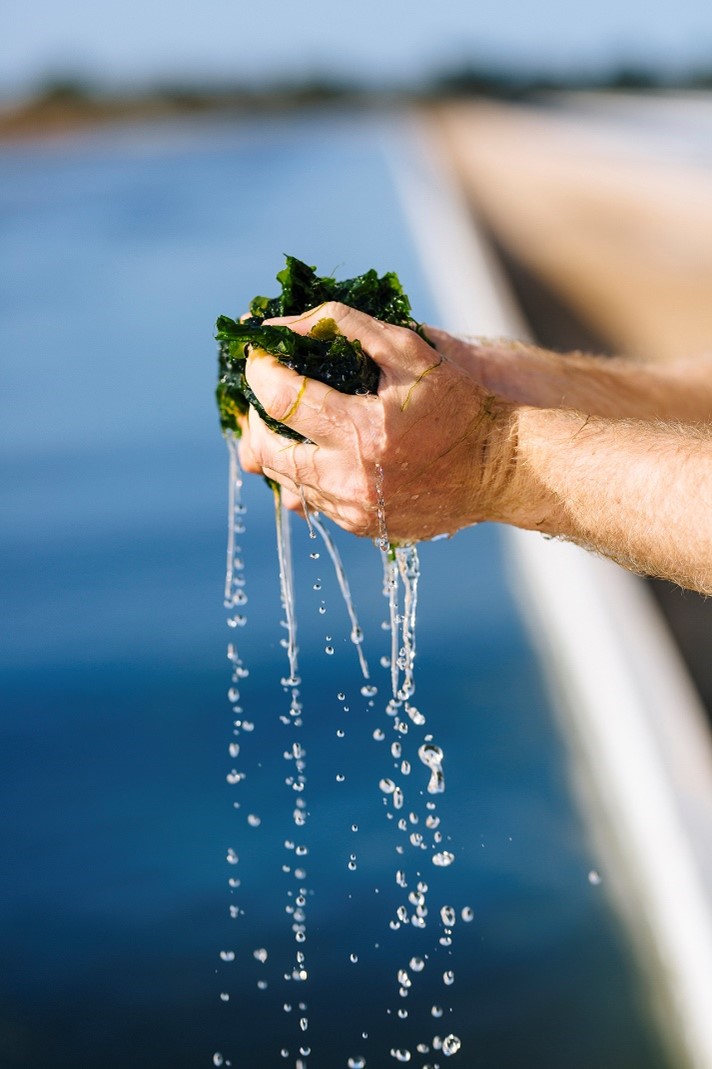|
|
Algae treatmentAlgae treatment — Construction and operationSelect from the tabs below ApprovalsApprovals may be required for the construction of a treatment system. Contact your local government before any construction is undertaken to understand requirements. Prior to construction, check for any existing infrastructure by contacting electricity, water and telecommunication providers. Engineering advice should be sought prior to construction to ensure the treatment system is sized and sited appropriately. ConstructionConstruction involves either excavation and lining, for an in-ground installation or building an above-ground structure. Generally, in-ground ponds are cheaper to construct however, these have the potential to involve additional costs such as disposal of the excavated material. An in-ground installation would also likely have a larger footprint than an above-ground pond e.g. the edges of the liner will need to be secured with a soil bund above the water level. This may require an additional 0.5-1m of area around the perimeter of the pond[1]. EstablishmentFour months for a typical system, although this can be reduced to 2 weeks if there is access to an algae nursery to provide a quantity of algae to start the system. OperationMechanical mixing. Regular harvesting of macroalgae requiring a partial water exchange to harvest algae. Harvesting can be automated. The algae is collected and dewatered on a fine mesh trap/harvest screen at the pond outlet for removal[1]. Monitoring and MaintenanceTypical monitoring and maintenance will involve:
Lifespan/replacement timeThe planned lifespan of the infrastructure is approximately 20 years. DisclaimerIn addition to the standard disclaimer located at the bottom of the page, please note the content presented is based on published knowledge of treatment systems. Many of the treatment systems described have not been trialled in different regions or land uses in Queensland. The information will be updated as new trials are conducted and monitored. If you have any additional information on treatment systems or suggestions for additional technologies please contact us using the feedback link at the bottom of this page. References
Last updated: 10 June 2022 This page should be cited as: Department of Environment, Science and Innovation, Queensland (2022) Algae treatment — Construction and operation, WetlandInfo website, accessed 18 March 2024. Available at: https://wetlandinfo.des.qld.gov.au/wetlands/management/treatment-systems/for-agriculture/treatment-sys-nav-page/algae-treatment/construction-operation.html |

 — Department of Environment, Science and Innovation
— Department of Environment, Science and Innovation



